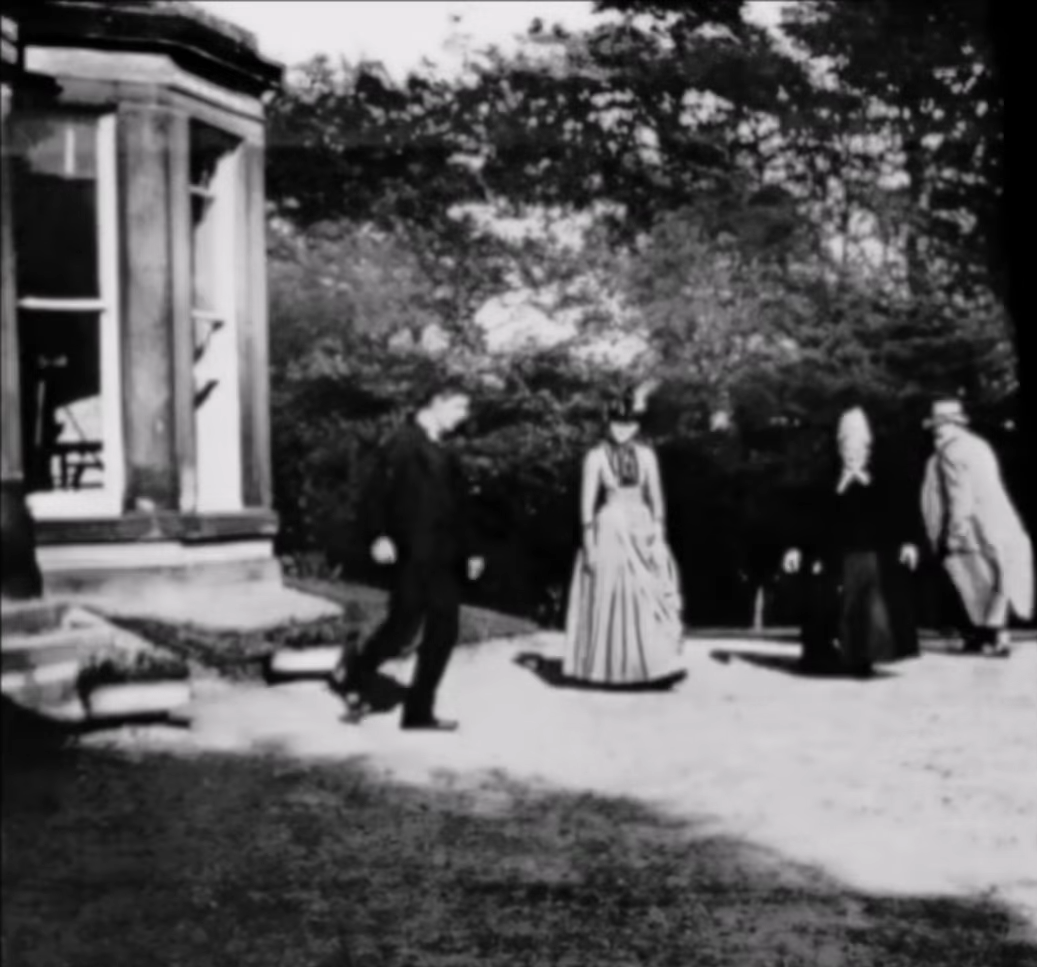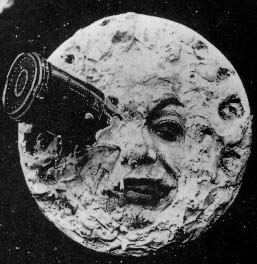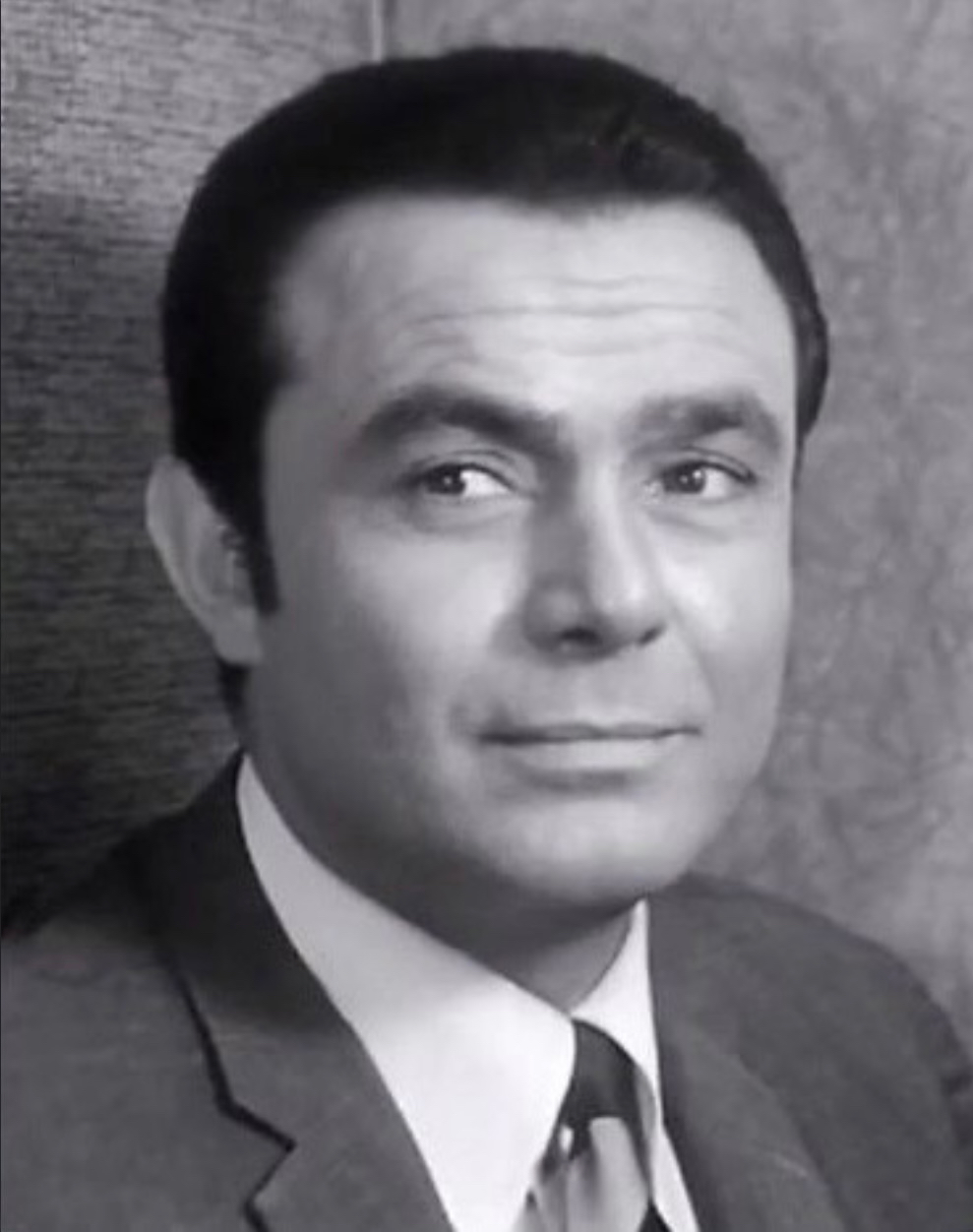|
Chasing Through Europe
''Chasing Through Europe'' is a 1929 Synchronized sound American Pre-Code romance film directed by David Butler and Alfred L. Werker and starring Sue Carol, Nick Stuart and Gustav von Seyffertitz. While the film has no audible dialog, it was released with a synchronized musical score with sound effects using the sound-on-film Movietone process. The film was produced by the Fox Film Corporation. Most of the film was shot on location in Europe. Synopsis Dick Stallings, a newsreel reporter in London, falls in love with Linda Terry a wealthy American woman. Together they travel round Europe interviewing leading politicians and celebrities, while being pursued by a gangster who plans to kidnap Linda.Solomon p.316 Cast * Sue Carol as Linda Terry * Nick Stuart as Dick Stallings * Gustav von Seyffertitz as Phineas Merrill * Gavin Gordon as Don Merrill * E. Alyn Warren as Louise Herriot References Bibliography * Solomon, Aubrey. ''The Fox Film Corporation, 1915-1935. A Hist ... [...More Info...] [...Related Items...] OR: [Wikipedia] [Google] [Baidu] |
David Butler (director)
David Butler (December 17, 1894 – June 14, 1979) was an American actor, film director, film producer, screenwriter, and television director. Biography Butler was born in San Francisco, California. His mother was actress Adele Belgrade, and his father was actor and director Fred J. Butler. His first acting roles were playing extras in stage plays. He later appeared in two D.W. Griffith films: ''The Girl Who Stayed Home'' and '' The Greatest Thing in Life''. He also appeared in the 1927 Academy-Award winning film '' 7th Heaven''. The same year, Butler made his directorial debut with ''High School Hero'', a comedy for Fox. During Butler's nine-year tenure at Fox, he directed over 30 films, including four Shirley Temple vehicles. Butler's last film for Fox, ''Kentucky'', won Walter Brennan an Academy Award for Best Supporting Actor. Butler worked with Bing Crosby in '' Road to Morocco'' and '' If I Had My Way''. He directed many films starring Doris Day, including '' It's a G ... [...More Info...] [...Related Items...] OR: [Wikipedia] [Google] [Baidu] |
Gavin Gordon (actor)
Fred Gavin Gordon (April 7, 1901 – April 7, 1983) was an American film, television, and radio actor. Life and career Gordon landed his first part on stage at the age of nineteen. He began getting small roles at studios including at Fox and Paramount in 1927. After a film test, Gordon starred as Greta Garbo's leading man in '' Romance'' (1930). Garbo biographer Robert Dance called Gordon "the least remembered of all the men who supported Garbo. ...Gordon was good-looking, rather than handsome, and had a strong, rich speaking voice. But he was either utterly miscast or appallingly directed: it is hard to say even after ninety years." An automobile accident that injured Gordon as he was to have begun shooting almost resulted in his being replaced. Although he went to set, he was too injured to work and was hospitalized for two weeks. Garbo insisted that he not be replaced and shooting continued until he could resume work. Dance noted that Gordon's film career largely consisted ... [...More Info...] [...Related Items...] OR: [Wikipedia] [Google] [Baidu] |
American Black-and-white Films
American(s) may refer to: * American, something of, from, or related to the United States of America, commonly known as the "United States" or "America" ** Americans, citizens and nationals of the United States of America ** American ancestry, people who self-identify their ancestry as "American" ** American English, the set of varieties of the English language native to the United States ** Native Americans in the United States, indigenous peoples of the United States * American, something of, from, or related to the Americas, also known as "America" ** Indigenous peoples of the Americas * American (word), for analysis and history of the meanings in various contexts Organizations * American Airlines, U.S.-based airline headquartered in Fort Worth, Texas * American Athletic Conference, an American college athletic conference * American Recordings (record label), a record label that was previously known as Def American * American University, in Washington, D.C. Sports tea ... [...More Info...] [...Related Items...] OR: [Wikipedia] [Google] [Baidu] |
Fox Film Films
Foxes are small-to-medium-sized omnivorous mammals belonging to several genera of the family Canidae. They have a flattened skull; upright, triangular ears; a pointed, slightly upturned snout; and a long, bushy tail ("brush"). Twelve species belong to the monophyletic "true fox" group of genus ''Vulpes''. Another 25 current or extinct species are sometimes called foxes – they are part of the paraphyletic group of the South American foxes or an outlying group, which consists of the bat-eared fox, gray fox, and island fox. Foxes live on every continent except Antarctica. The most common and widespread species of fox is the red fox (''Vulpes vulpes'') with about 47 recognized subspecies. The global distribution of foxes, together with their widespread reputation for cunning, has contributed to their prominence in popular culture and folklore in many societies around the world. The hunting of foxes with packs of hounds, long an established pursuit in Europe, especially in th ... [...More Info...] [...Related Items...] OR: [Wikipedia] [Google] [Baidu] |
Films Shot In Rome
A film, also known as a movie or motion picture, is a work of visual art that simulates experiences and otherwise communicates ideas, stories, perceptions, emotions, or atmosphere through the use of moving images that are generally, since the 1930s, synchronized with sound and (less commonly) other sensory stimulations. Etymology and alternative terms The name "film" originally referred to the thin layer of photochemical emulsion on the celluloid strip that used to be the actual medium for recording and displaying motion pictures. Many other terms exist for an individual motion-picture, including "picture", "picture show", "moving picture", "photoplay", and "flick". The most common term in the United States is "movie", while in Europe, "film" is preferred. Archaic terms include "animated pictures" and "animated photography". "Flick" is, in general a slang term, first recorded in 1926. It originates in the verb flicker, owing to the flickering appearance of early films. ... [...More Info...] [...Related Items...] OR: [Wikipedia] [Google] [Baidu] |
Films Shot In London
A film, also known as a movie or motion picture, is a work of visual art that simulates experiences and otherwise communicates ideas, stories, perceptions, emotions, or atmosphere through the use of moving images that are generally, since the 1930s, synchronized with sound and (less commonly) other sensory stimulations. Etymology and alternative terms The name "film" originally referred to the thin layer of photochemical emulsion on the celluloid strip that used to be the actual medium for recording and displaying motion pictures. Many other terms exist for an individual motion-picture, including "picture", "picture show", "moving picture", "photoplay", and "flick". The most common term in the United States is "movie", while in Europe, "film" is preferred. Archaic terms include "animated pictures" and "animated photography". "Flick" is, in general a slang term, first recorded in 1926. It originates in the verb flicker, owing to the flickering appearance of early films ... [...More Info...] [...Related Items...] OR: [Wikipedia] [Google] [Baidu] |
Films Shot In Belgium
A film, also known as a movie or motion picture, is a work of visual art that simulates experiences and otherwise communicates ideas, stories, perceptions, emotions, or atmosphere through the use of moving images that are generally, since the 1930s, synchronized with sound and (less commonly) other sensory stimulations. Etymology and alternative terms The name "film" originally referred to the thin layer of photochemical emulsion on the celluloid strip that used to be the actual medium for recording and displaying motion pictures. Many other terms exist for an individual motion-picture, including "picture", "picture show", "moving picture", "photoplay", and "flick". The most common term in the United States is "movie", while in Europe, "film" is preferred. Archaic terms include "animated pictures" and "animated photography". "Flick" is, in general a slang term, first recorded in 1926. It originates in the verb flicker, owing to the flickering appearance of early films. ... [...More Info...] [...Related Items...] OR: [Wikipedia] [Google] [Baidu] |
Films Set In London
A film, also known as a movie or motion picture, is a work of Visual arts, visual art that simulates experiences and otherwise communicates ideas, stories, perceptions, emotions, or atmosphere through the use of moving images that are generally, since the 1930s, Sound film, synchronized with sound and (less commonly) other sensory stimulations. Etymology and alternative terms The name "film" originally referred to the thin layer of photochemical emulsion on the celluloid strip that used to be the actual Recording medium, medium for recording and displaying motion pictures. Many other terms exist for an individual motion-picture, including "picture", "picture show", "moving picture", "photoplay", and "flick". The most common term in the United States is "movie", while in Europe, "film" is preferred. Archaic terms include "animated pictures" and "animated photography". "Flick" is, in general a slang term, first recorded in 1926. It originates in the verb flicker, owing to ... [...More Info...] [...Related Items...] OR: [Wikipedia] [Google] [Baidu] |
Films About Journalists
A film, also known as a movie or motion picture, is a work of visual art that simulates experiences and otherwise communicates ideas, stories, perceptions, emotions, or atmosphere through the use of moving images that are generally, since the 1930s, synchronized with sound and (less commonly) other sensory stimulations. Etymology and alternative terms The name "film" originally referred to the thin layer of photochemical emulsion on the celluloid strip that used to be the actual medium for recording and displaying motion pictures. Many other terms exist for an individual motion-picture, including "picture", "picture show", "moving picture", "photoplay", and "flick". The most common term in the United States is "movie", while in Europe, "film" is preferred. Archaic terms include "animated pictures" and "animated photography". "Flick" is, in general a slang term, first recorded in 1926. It originates in the verb flicker, owing to the flickering appearance of early films. ... [...More Info...] [...Related Items...] OR: [Wikipedia] [Google] [Baidu] |
1920s English-language Films
Nineteen or 19 may refer to: * 19 (number) 19 (nineteen) is the natural number following 18 (number), 18 and preceding 20 (number), 20. It is a prime number. Mathematics Nineteen is the eighth prime number. Number theory 19 forms a twin prime with 17 (number), 17, a cousin prime w ... * One of the years 19 BC, AD 19, 1919, 2019 Films * ''19'' (film), a 2001 Japanese film * ''Nineteen'' (1987 film), a 1987 science fiction film * '' 19-Nineteen'', a 2009 South Korean film * '' Diciannove'', a 2024 Italian drama film informally referred to as "Nineteen" in some sources Science * Potassium, an alkali metal * 19 Fortuna, an asteroid Music * 19 (band), a Japanese pop music duo Albums * ''19'' (Adele album), 2008 * ''19'', a 2003 album by Alsou * ''19'', a 2006 album by Evan Yo * ''19'', a 2018 album by MHD * ''19'', one half of the double album '' 63/19'' by Kool A.D. * '' Number Nineteen'', a 1971 album by American jazz pianist Mal Waldron * ''XIX'' ... [...More Info...] [...Related Items...] OR: [Wikipedia] [Google] [Baidu] |





